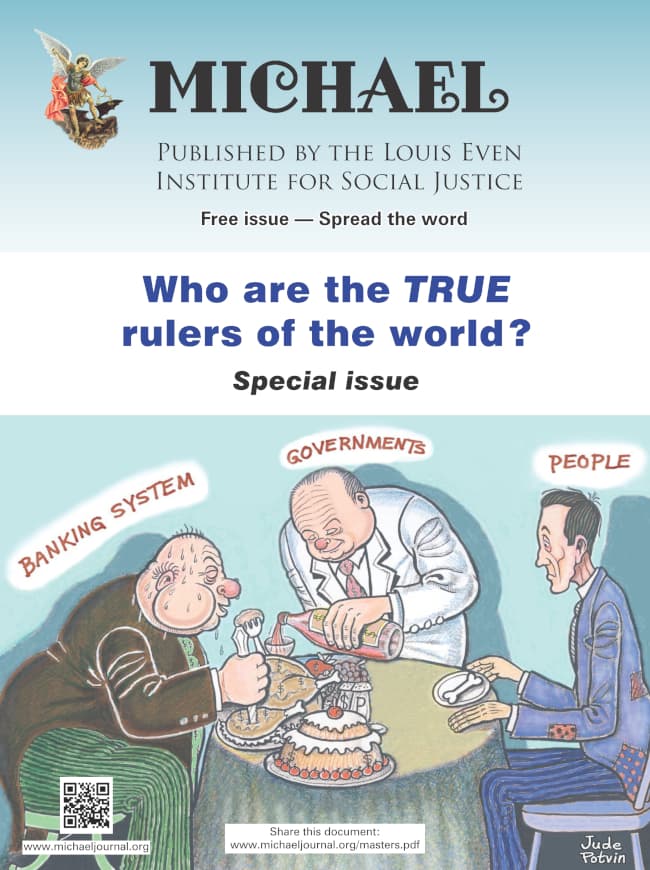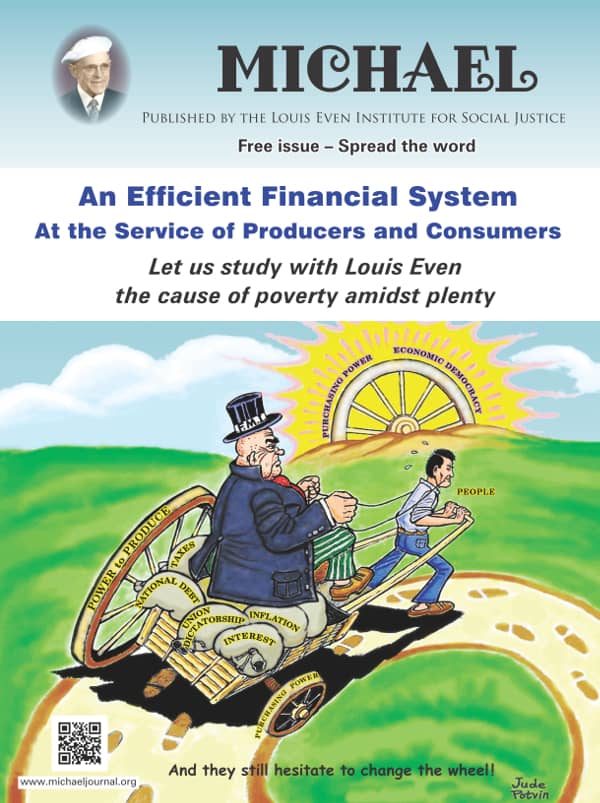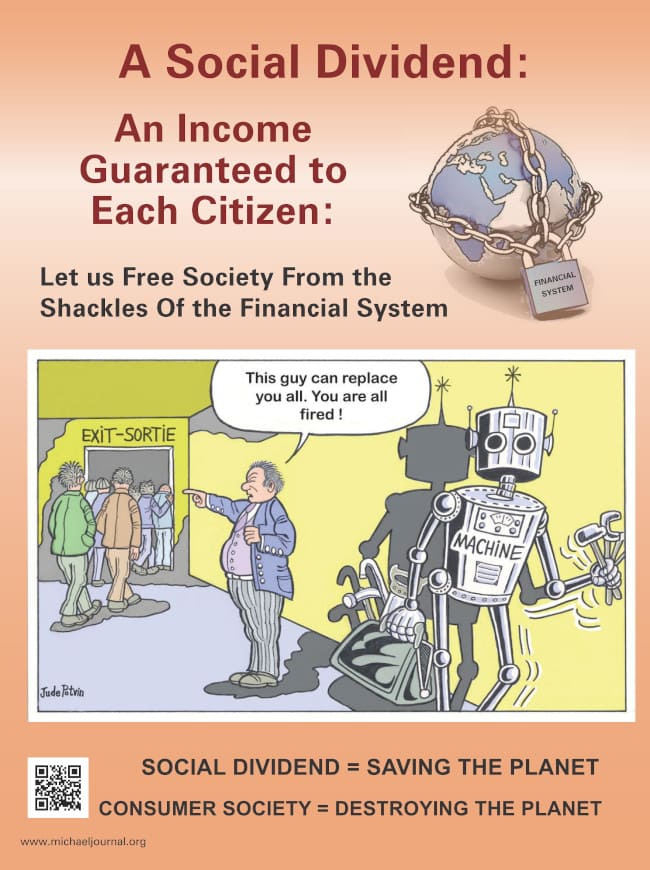For the few who don't follow the news, let`s summarize it: The Da Vinci Code is a novel, written by Dan Brown, released in March 2003 which, thanks to a skilled marketing campaign, has become one of the biggest best-sellers ever, with over 60 million copies sold, translated into 44 languages. And as could be expected, a motion picture on the book was inevitable, and was released in May, 2006, with an unprecedented publicity campaign.
The Da Vinci Code says that Roman Catholicism is a gigantic fraud, that the Church has for centuries been perpetrating a monstrous hoax, duping hundreds of millions into believing something it knows is a bald-faced lie. At the novel's heart lies the contention that Jesus and Mary Magdalene were married, that they had a daughter, that the Vatican has known this and been hiding the descendants of Jesus, that Opus Dei is a secret order whose agents will engage in murder to protect the secret. Leonardo da Vinci's painting "The Last Supper " is said to hold the secret, as Jesus is portrayed touching the hand of the youngest apostle, John, who holds the place of honor at His side – and who is, on close inspection, Mary Magdalene. In Catholic teaching and tradition, the Holy Grail is the chalice that contained the blood of Jesus. In the book, the Holy Grail is Mary Magdalene, carrying the flesh and blood of Jesus in her womb.
Cracking the Da Vinci Code, an excellent special report from Catholic Answers (www.catholic.com/library/cracking_da_vinci_code.asp), explains why this book is a dangerous and insidious assault on the Catholic Faith:
Although a work of fiction, the book claims to be meticulously researched, and it goes to great lengths to convey the impression that it is based on fact. It even has a "fact" page at the front of the book underscoring the claim of factuality for particular ideas within the book. As a result, many readers — both Catholic and non-Catholic — are taking the book's ideas seriously.
The problem is that many of the ideas that the book promotes are anything but fact, and they go directly to the heart of the Catholic Faith. For example, the book promotes these ideas:
• Jesus is not God; He was only a man.
• Jesus was married to Mary Magdalene.
• She is to be worshiped as a goddess.
• Jesus got her pregnant, and the two had a daughter.
• That daughter gave rise to a prominent family line that is still present in Europe today.
• The Bible was put together by a pagan Roman emperor.
• Jesus was viewed as a man, and not as God until the fourth century, when He was deified by the Emperor Constantine.
• The Gospels have been edited to support the claims of later Christians.
• In the original Gospels, Mary Magdalene, rather than Peter, was directed to establish the Church.
• There is a secret society, known as the Priory of Sion, that still worships Mary Magdalene as a goddess, and is trying to keep the truth alive.
• The Catholic Church is aware of all this, and has been fighting for centuries to keep it suppressed. It often has committed murder to do so.
By making Mary Magdalene instead of Peter the leader of the Church, this book heavily promotes the feminist agenda in the Church (women priests, etc.). For anyone who knows his Faith seriously, it is obvious that any of these assertions is a blatant lie. Let's examine just one of these lies. Regarding the early Church's recognition of Christ's divinity, and referring to the First Council of Nicaea, which took place in A.D. 325, The Da Vinci Code states:
"Until that moment in history, Jesus was viewed by His followers as a mortal prophet... a great and powerful man, but a man nonetheless. A mortal... By officially endorsing Jesus as the Son of God, Constantine turned Jesus into a deity."
It is true that Constantine, following his conversion to Christ, presided over the First Council of Nicaea, but it is not true that Constantine "turned Jesus into a deity", or that Christians had not viewed Jesus as God prior to this event.
Constantine had called the Council together to settle a dispute that had arisen when a priest from Egypt named Arius began to deny that Jesus was God, causing a scandal by repudiating the faith of Christians everywhere. Arius gained a number of followers (known as Arians), and the controversy between the Arians and traditional Christians grew so sharp that the emperor called the Council to settle the matter. The bishops of the Council reaffirmed the traditional Christian teaching that Jesus was fully divine.
All the assertions contained in the book are plain nonsense, and yet, many people, after having read them, believe them to be true, because of the way the book is written, pretending to be based on historical facts. With all the campaign surrounding this book (and the movie), one can really say that it is a satanic all-out attack against the Catholic Faith.
Not surprisingly, the Catholic Church was not long to denounce this book. "If such lies and errors had been directed at the Quran or the Holocaust," said Archbishop Angelo Amato, the Vatican's secretary for the congregation for the doctrine of the faith, "they would have justly provoked a world uprising."
Because so many Catholics and Christians do not know their Faith, they fall into these lies. Cardinal Paul Poupard, the Vatican's highest authority on cultural issues after the Pope, said: "What I'm concerned about is that decent people who do not have the proper religious education will take this nonsense for the real thing."
In his Good Friday sermon preached this year in St. Peter's Basilica, Father Raniero Cantalamessa, preacher to the Pontifical Household, clearly referred to The Da Vinci Code:
"The time is sure to come when people will not accept sound teaching, but their ears will be itching for anything new, and they will collect for themselves a whole series of teachers according to their own tastes; and then they will shut their ears to the truth and will turn to myths »" (2 Timothy 4:3-4).
"This word of Scripture — and in a special way the reference to the itching for anything new — is being realized in a new and impressive way in our days. While we celebrate here the memory of the passion and death of the Savior, millions of people are seduced by the clever rewriting of ancient legends to believe that Jesus of Nazareth was never crucified... but ran off with Mary Magdalene to India... There is much talk about Judas' betrayal, without realizing that it is being repeated. Christ is being sold again, no longer to the leaders of the Sanhedrin for thirty pieces of silver, but to editors and booksellers for billions of dollars.
Cardinal Francis Arinze, who heads the Vatican's liturgy congregation, said: "This is one of the fundamental human rights: that we should be respected, our religious beliefs respected, and our founder Jesus Christ respected... Those who blaspheme Jesus Christ and get away with it are exploiting the Christian readiness to forgive and to love even those who insult us... There are some other religions which, if you insult their founder, they will not just be talking. They will make it painfully clear to you."
In a book written in colaboration with Sandra Miesel, called The Da Vinci Hoax, Carl Olson analyzes this controversial, confusing best-seller (quoted from zenit.org, March 13, 2004):
Q: What are the primary theological problems with "The Da Vinci Code"?
Olson: "The novel is based on a variety of esoteric, neo-Gnostic and feminist beliefs that are in direct opposition to Christianity. Much has been made of the novel's claim that Jesus and Mary Magdalene were married, but that is just the tip of the iceberg. Beneath the surface are belief systems teaching that Christianity is a violent and bloody lie, that the Catholic Church is a sinister and misogynist institution, and that truth is ultimately the creation and product of each person...
"In the end, what Brown has accomplished is the creation of a popular myth that distills and presents statements of belief in a way that is not demanding, but entertaining and attractive. This myth works on more than one level, being a mystery novel, a romance, a thriller, a conspiracy theory, and a spiritual manifesto, all at once. One attraction is that it promises a sort of gnosis — or secret knowledge — about a number of topics, and suggests that subjective individualism, not traditional religion, holds the real answers to life's big questions. The sad irony is that some Catholics think the novel is a wonderful work of literature that can somehow help them explore and understand their Faith better. But the novel is based on the belief that Jesus was a mere man, that Christianity is a despicable sham, and that all claims to objective religious truth are to be avoided.
"(There is) the case with the radical feminist messages in the novel. They have been popular in universities and colleges for decades, but the novel has put them into a fictional format that millions, not just a few hundred, will absorb."
To conclude this article, instead of spending hours reading books like The Da Vinci Code, Catholics should study their Faith, and read for example the recent Catechism of the Catholic Church, and they will not fall into the lies of Satan.
 In this special issue of the journal, MICHAEL, the reader will discover who are the true rulers of the world. We discuss that the current monetary system is a mechanism to control populations. The reader will come to understand that "crises" are created and that when governments attempt to get out of the grip of financial tyranny wars are waged.
In this special issue of the journal, MICHAEL, the reader will discover who are the true rulers of the world. We discuss that the current monetary system is a mechanism to control populations. The reader will come to understand that "crises" are created and that when governments attempt to get out of the grip of financial tyranny wars are waged. An Efficient Financial System, written by Louis Even, is for the reader who has some understanding of the Douglas Social Credit monetary reform principles. Technical aspects and applications are discussed in short chapters dedicated to the three propositions, how equilibrium between prices and purchasing power can be achieved, the financing of private and public production, how a Social Dividend would be financed, and, finally, what would become of taxes under a Douglas Social Credit economy. Study this publication to better grasp the practical application of Douglas' work.
An Efficient Financial System, written by Louis Even, is for the reader who has some understanding of the Douglas Social Credit monetary reform principles. Technical aspects and applications are discussed in short chapters dedicated to the three propositions, how equilibrium between prices and purchasing power can be achieved, the financing of private and public production, how a Social Dividend would be financed, and, finally, what would become of taxes under a Douglas Social Credit economy. Study this publication to better grasp the practical application of Douglas' work.  Reflections of African bishops and priests after our weeks of study in Rougemont, Canada, on Economic Democracy, 2008-2018
Reflections of African bishops and priests after our weeks of study in Rougemont, Canada, on Economic Democracy, 2008-2018 The Social Dividend is one of three principles that comprise the Social Credit monetary reform which is the topic of this booklet. The Social Dividend is an income granted to each citizen from cradle to grave, with- out condition, regardless of employment status.
The Social Dividend is one of three principles that comprise the Social Credit monetary reform which is the topic of this booklet. The Social Dividend is an income granted to each citizen from cradle to grave, with- out condition, regardless of employment status.Rougemont Quebec Monthly Meetings
Every 4th Sunday of every month, a monthly meeting is held in Rougemont.